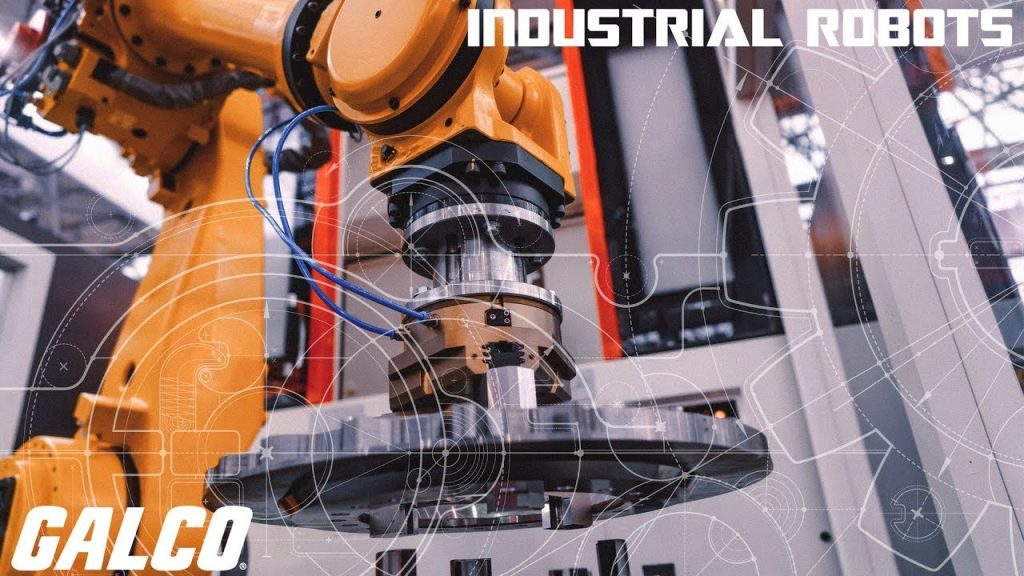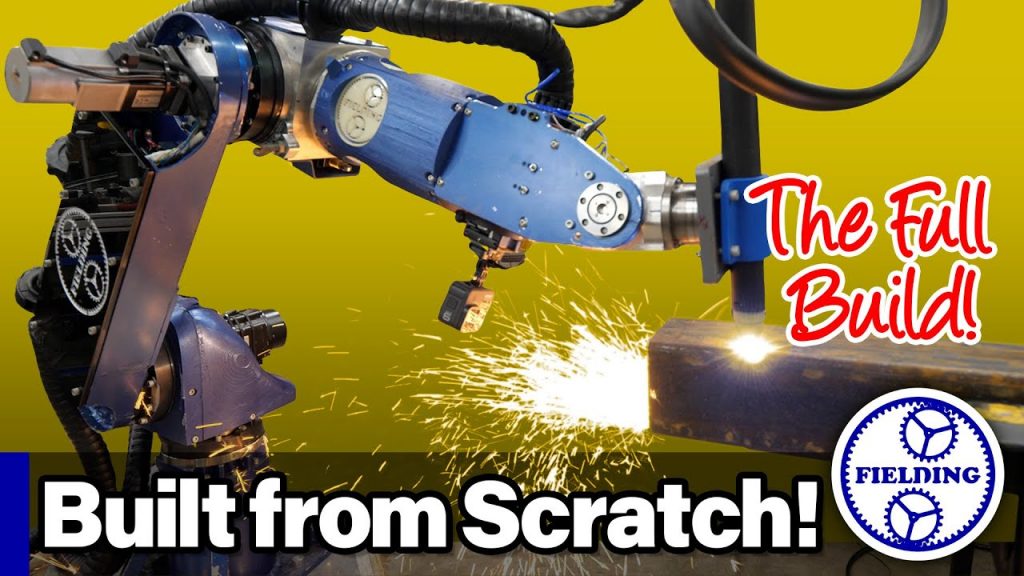Check out the leading manufacturer for professional coil packing solutions here:
The term “6 Degrees of Freedom (6 DoF)” is frequently used when discussing the automation of robotic arms in the industrial sector. In this YouTube video, we will delve into the concept of 6 DoF and its significance in relation to different types of industrial robots.
When it comes to industrial robot types, there are various categories that exist. These robots are designed to perform tasks with precision and efficiency, ultimately enhancing productivity in manufacturing processes. Understanding the different types of industrial robots is crucial for businesses looking to automate their operations effectively.
1. Cartesian Robots:
Cartesian robots, also known as gantry robots or rectangular coordinate robots, feature three linear axes (X, Y, and Z). These robots are ideal for applications that require precise movement along straight lines. They are commonly used in pick and place operations, assembly lines, and packaging.
2. SCARA Robots:
SCARA (Selective Compliance Assembly Robot Arm) robots are well-suited for tasks that involve fast and precise horizontal movements. They have a combination of rotary and linear motion capabilities, making them excellent for assembly tasks, material handling, and electronics manufacturing.
3. Delta Robots:
Delta robots are known for their high-speed capabilities and are often used in applications that require fast and precise pick and place operations. They feature a unique parallel-link structure that allows for quick and accurate movements. Delta robots are commonly found in the food and beverage industry, pharmaceuticals, and packaging.
4. Articulated Robots:
Articulated robots resemble a human arm, with multiple joints and links. These robots offer exceptional flexibility and versatility, making them suitable for a wide range of applications, including welding, painting, and material handling. Their ability to mimic human-like movements makes them ideal for complex tasks.
5. Collaborative Robots:
Collaborative robots, or cobots, are designed to work safely alongside human workers. They are equipped with advanced sensors and safety features to ensure a secure working environment. Cobots are suitable for small-scale operations and can assist with tasks such as assembly, machine tending, and quality control.
Now that we have explored the different types of industrial robots, let’s focus on the concept of 6 Degrees of Freedom (6 DoF). This term refers to the ability of a robot to move in six different directions:
1. Translation along the X, Y, and Z axes.
2. Rotation around the X, Y, and Z axes.
The 6 DoF capability allows industrial robots to perform complex movements and reach various positions within their workspace. This flexibility is essential for tasks that require precise positioning, such as welding, palletizing, and material handling.
In conclusion, understanding the different types of industrial robots and the concept of 6 Degrees of Freedom is crucial for businesses aiming to implement automation solutions. By selecting the right robot type with the necessary DoF capabilities, companies can enhance productivity, improve efficiency, and stay competitive in the ever-evolving industrial landscape.
Check out the leading manufacturer for professional coil packing solutions here: Industrial Robot
“Introduction to Industrial Robot Arm Basics: Exploring Types and Applications for Beginners”



